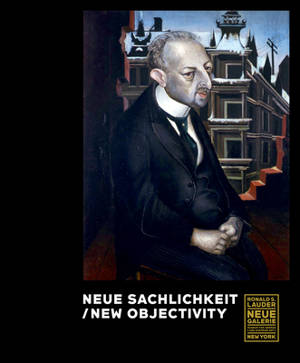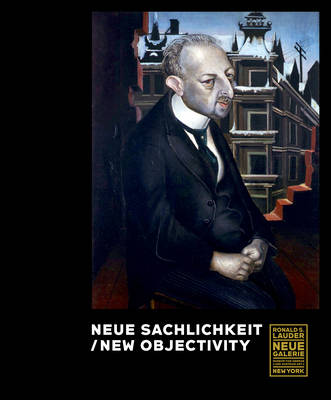
- Afhalen na 1 uur in een winkel met voorraad
- Gratis thuislevering in België vanaf € 30
- Ruim aanbod met 7 miljoen producten
- Afhalen na 1 uur in een winkel met voorraad
- Gratis thuislevering in België vanaf € 30
- Ruim aanbod met 7 miljoen producten
Zoeken
Omschrijving
On the eve of its subject's centennial, this richly illustrated and meticulously researched catalog celebrates--and reconsiders--one of the most significant artistic movements of the twentieth century. Gustav F. Hartlaub's 1925 exhibition Neue Sachlichkeit (New Objectivity) for the Kunsthalle Mannheim was a pivotal event that showcased a new artistic movement in Germany, characterized by its critical realism, social commentary, and detailed depiction of contemporary life; it marked a significant departure from Expressionism's emotional intensity. But it was divided by two philosophies--the unflinching and socially critical Verists (Otto Dix, George Grosz, Georg Scholz, and others) and the Classicists (Alexander Kanoldt, Georg Schrimpf, and Christian Schad) who focused on harmony and beauty. This wide-ranging survey explores the tension between these camps and interprets it as a coherent chapter in art history. Essays by leading experts shed new light on the movement through the lens of regionality while considering a wide spectrum of media: architecture, design, drawings, film, paintings, photography, and philosophy. Their illuminating texts are accompanied by stunning reproductions of works such as Otto Dix's Portrait of the Lawyer Dr. Fritz Glaser; Georg Scholz's Of Things to Come; and Marcel Breuer's Chair B 33. Impeccably produced and researched, this volume captures the ways that the New Objectivity proponents mirrored the Weimar period's cultural, political, and social complexities.
Specificaties
Betrokkenen
- Auteur(s):
- Uitgeverij:
Inhoud
- Aantal bladzijden:
- 400
- Taal:
- Engels
Eigenschappen
- Productcode (EAN):
- 9783791377926
- Verschijningsdatum:
- 25/03/2025
- Uitvoering:
- Hardcover
- Formaat:
- Genaaid
- Afmetingen:
- 243 mm x 291 mm
- Gewicht:
- 2118 g

Alleen bij Standaard Boekhandel
+ 159 punten op je klantenkaart van Standaard Boekhandel
Beoordelingen
We publiceren alleen reviews die voldoen aan de voorwaarden voor reviews. Bekijk onze voorwaarden voor reviews.











